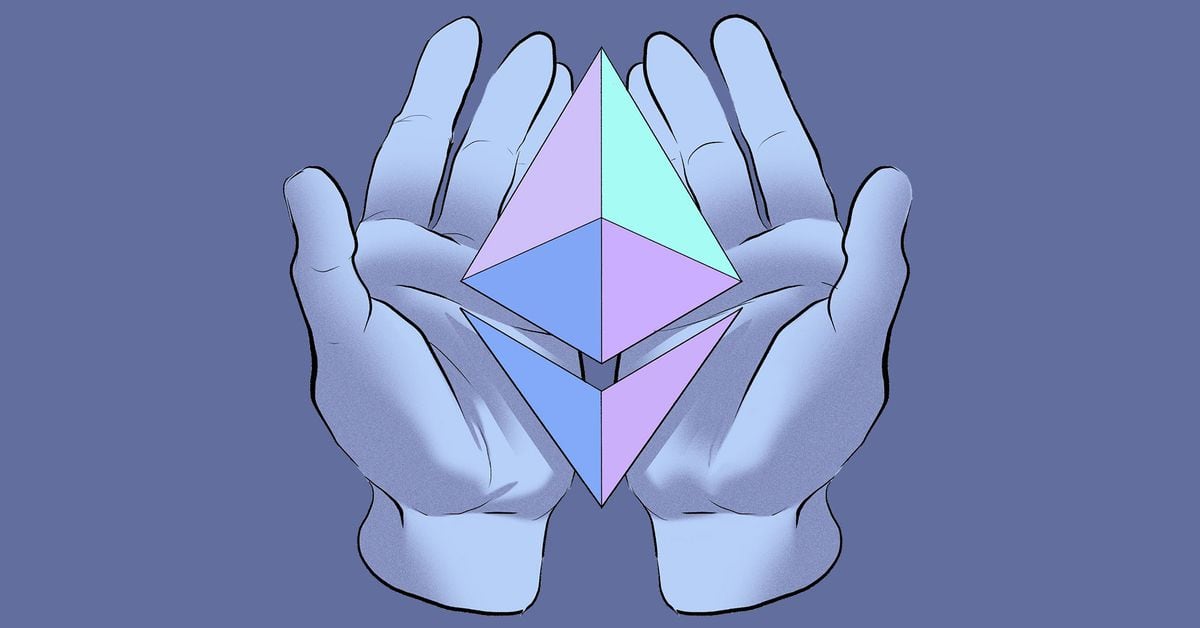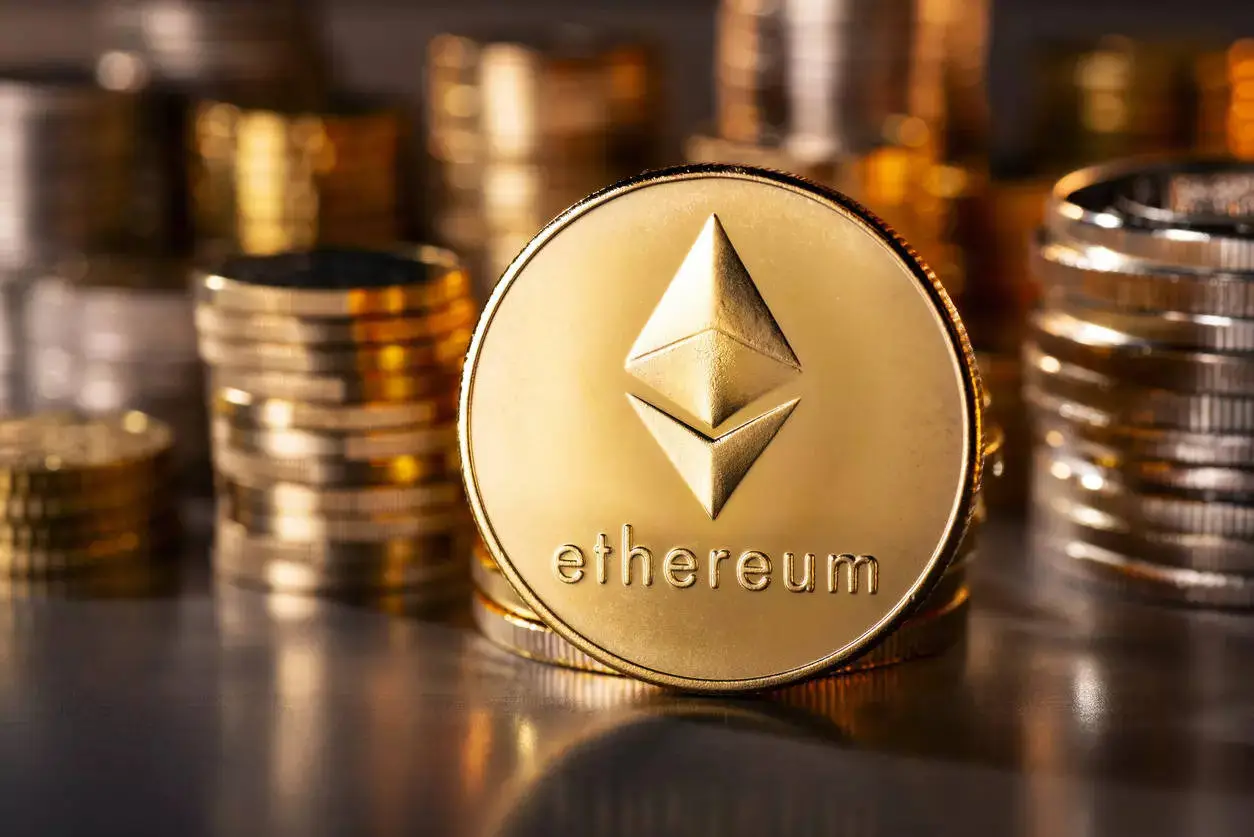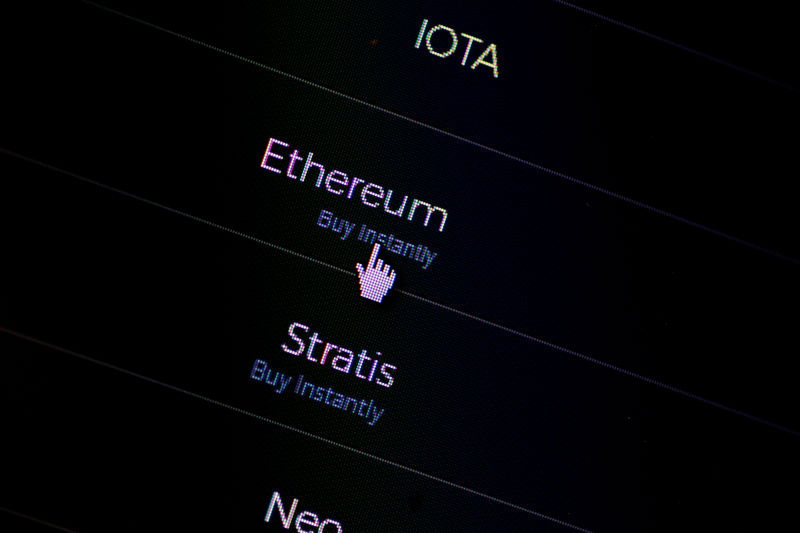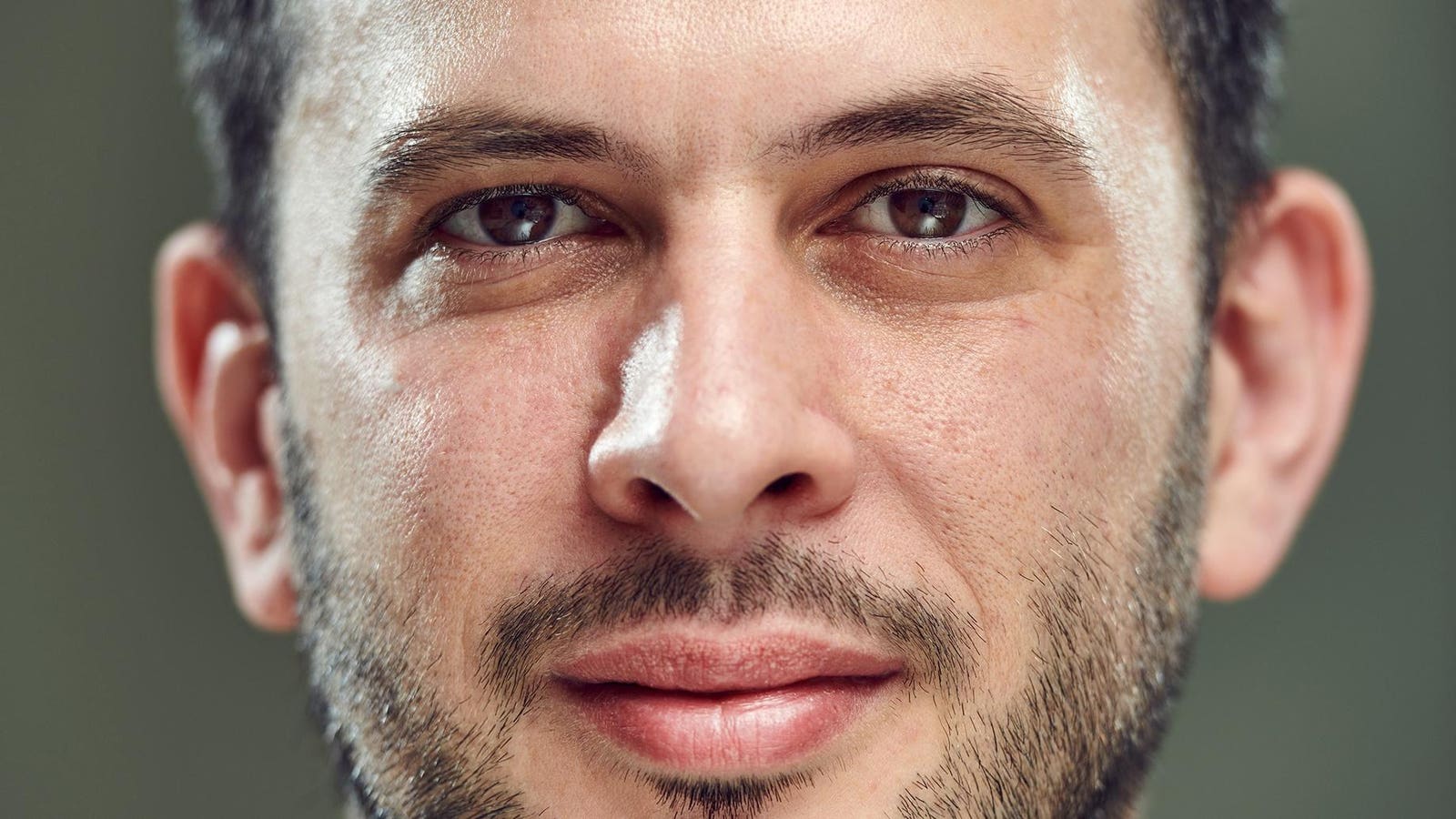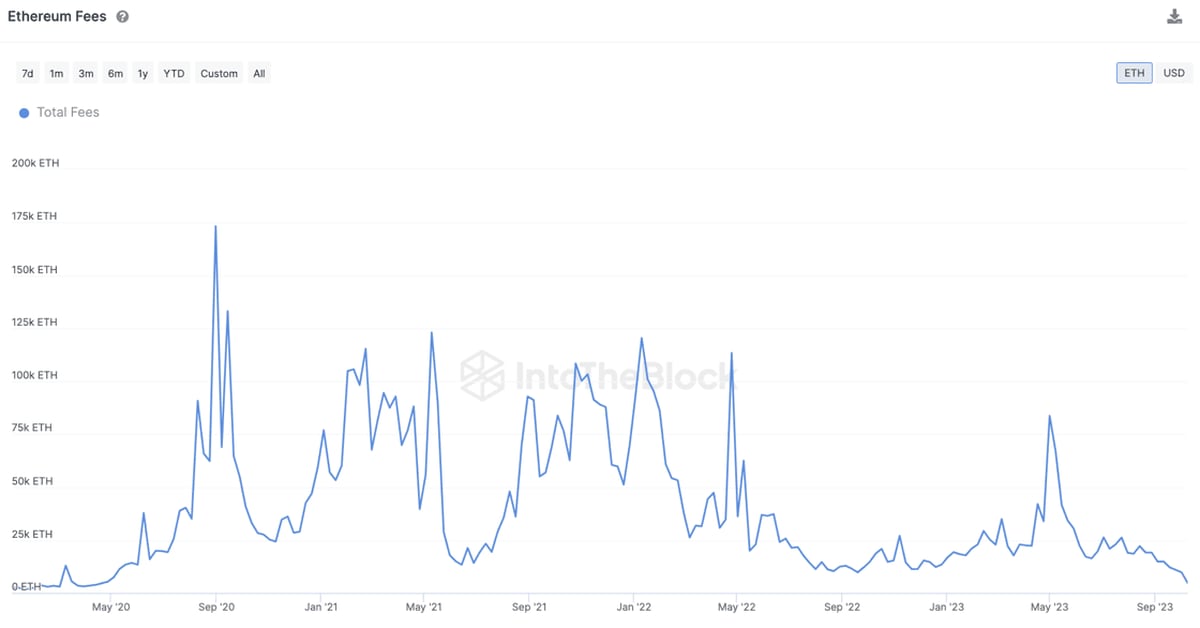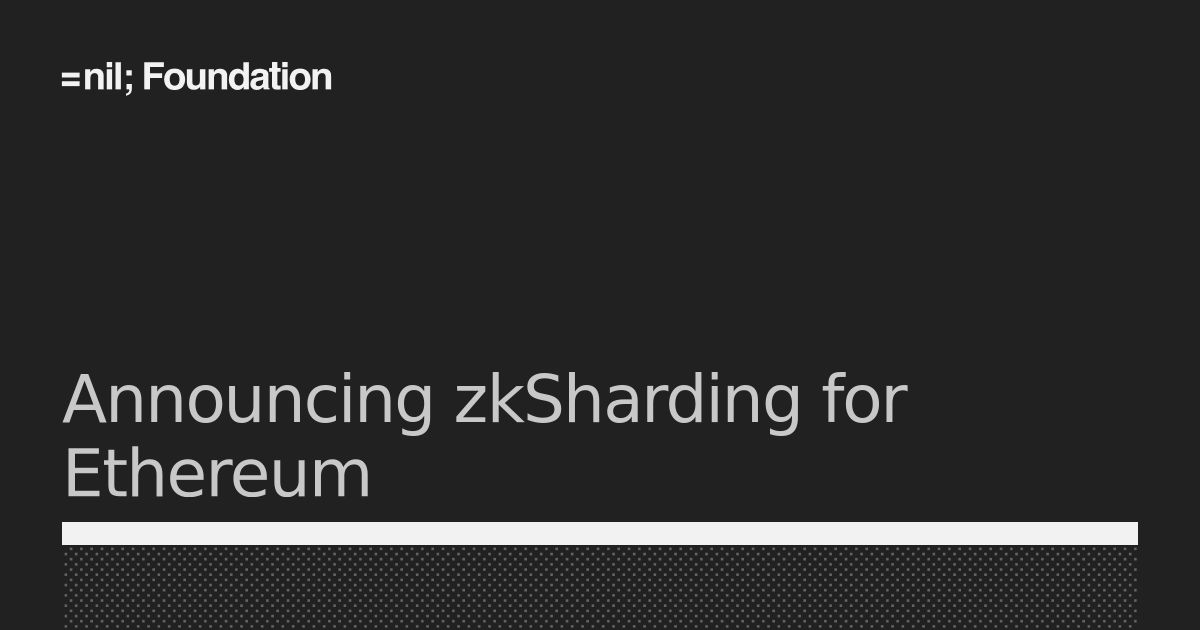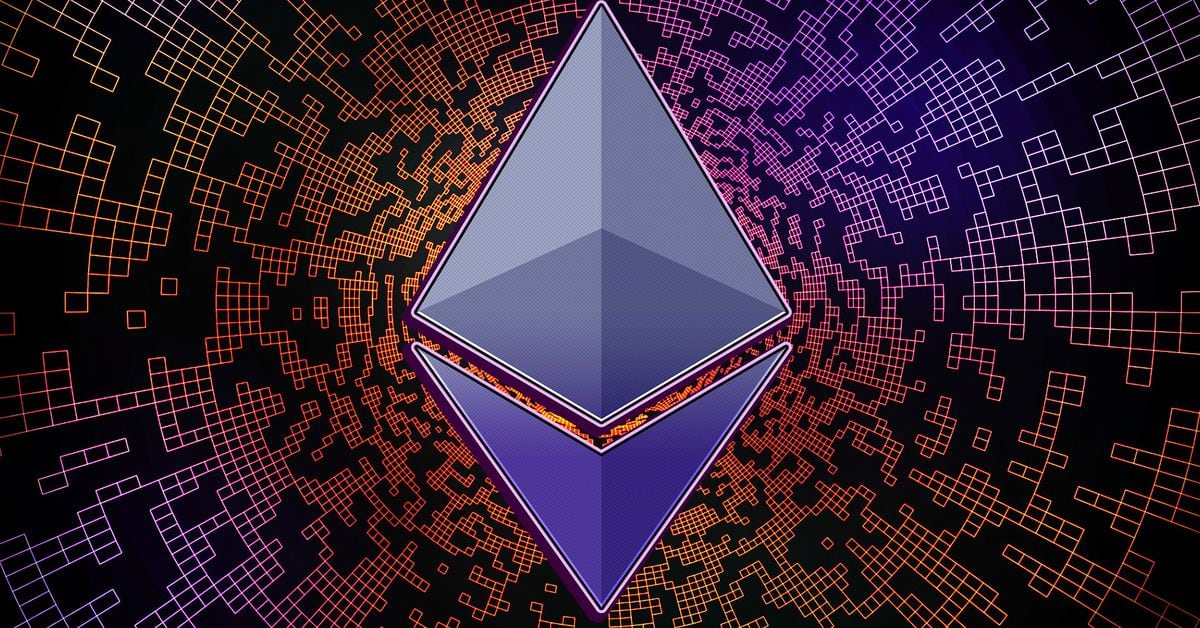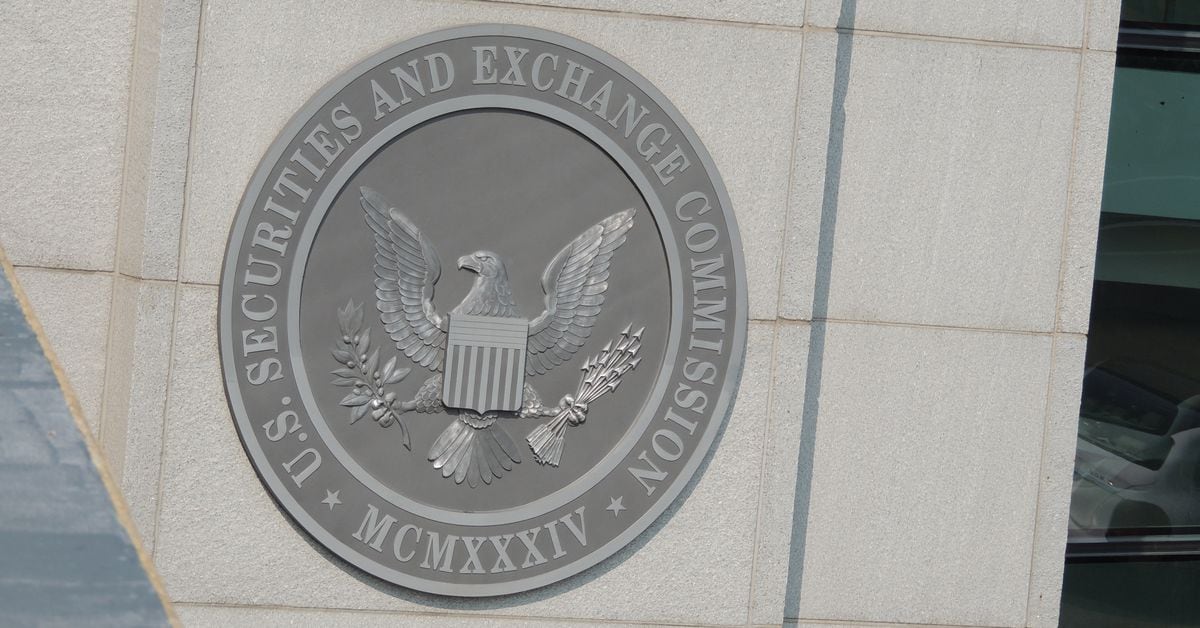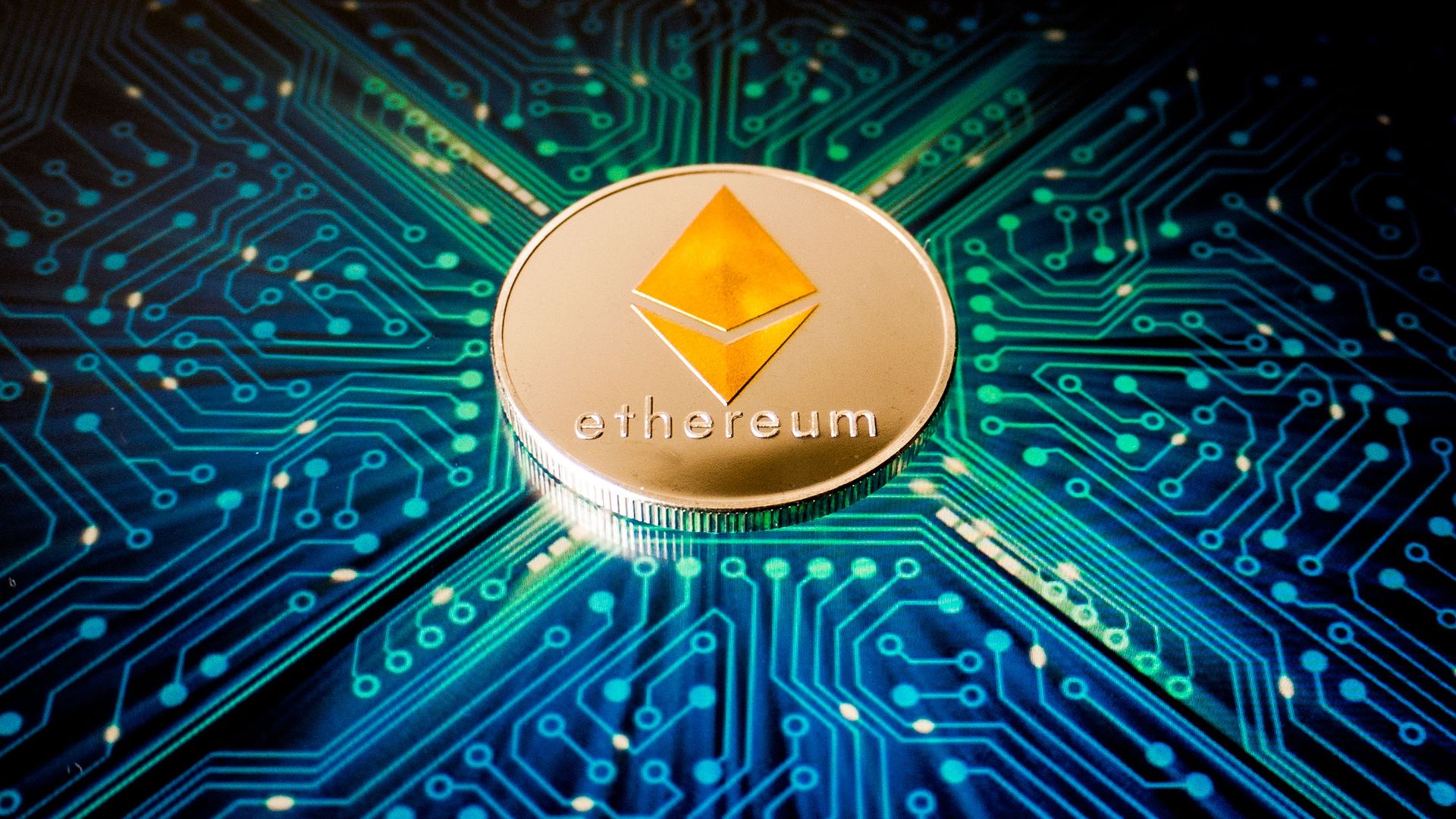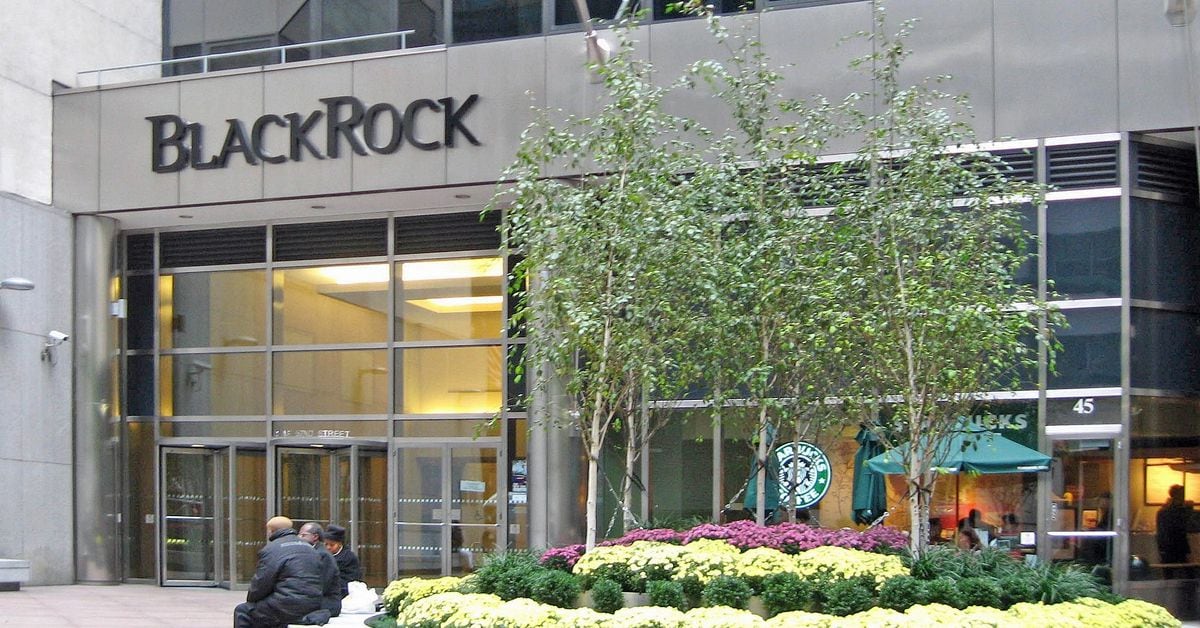It’s been a little over a year since Ethereum, the largest smart-contract blockchain, switched out its old energy intensive proof-of-work (PoW) model, used by blockchains like Bitcoin, for proof-of-stake (PoS).
...
... Here are five takeaways that the Ethereum ecosystem has learned over the last year since the Merge:
...
A year on from the Merge, and Ethereum’s new emission numbers have dropped drastically. Ethereum’s new proof-of-stake system consumes 99.9% less energy than its old mining-based system. Whatever the other successes – or failures – of the upgrade, it is now much harder to paint Etheruem as harmful to the environment.
...
A year on from the Merge, however, centralization remains one of Ethereum’s biggest challenges. To stake on Ethereum, a validator needs to lock up 32 ETH, or roughly $50,000 with the network – funds that earn a steady stream of interest, but can be revoked if a validator errs or acts dishonestly. Setting up a validator node to stake on the network can also be a complicated task, meaning financial penalties can result if things are set up improperly.
Because of the expense and technical barriers to setting up a node, intermediary services arose – from companies like Coinbase and “decentralized” collectives like Lido – allowing users to pool their ETH together to create 32 ETH for a node. These intermediary entities do most of the heavy lifting: they take ETH from users, stake it on their behalf, and take a cut of the rewards that they earn from operating a validator.
Even before the Merge, some anti-PoS advocates feared staking could increase Ethereum’s centralization – meaning a small number of these intermediaries (or even a single one) might gain disproportionate control over which blocks are added to the network.
That scenario seems to be playing out: currently, the largest staking provider is Lido, the biggest decentralized staking pool. Lido currently accounts for 32.3% of the total share of staked ETH, leading to concerns of centralization as it nears the 33% mark, a threshold that developers say could cause security problems.
...
After the Merge, Ethereum’s validators have managed to net significant extra profits via a practice called maximal extractable value (MEV). This is sometimes seen as an “invisible tax” that validators and builders can collect from users by strategically inserting or reordering transactions before they’re added to the network.
When MEV became an unexpected vector of centralization and censorship on the network, third-parties stepped in to try and address some of the practice’s more pernicious side-effects.
Flashbots, an Ethereum research and development firm, invented MEV-boost, a piece of software that validators can run to reduce negative side-effects of MEV. Flashbots’ solution to the MEV problem is a controversial one, however. While some think MEV should be eradicated altogether, Flashbots’ introduced MEV-Boost to make the practice ubiquitous.
Currently, about 90% blocks on Ethereum go through MEV-Boost, which optimizes how transactions are organized into blocks in order to extract the maximum profit for validators.
The popularity of MEV-boost has become a point of contention for the network. As mentioned, MEV is viewed by some as an unfair tax on users. Flashbots’ central role in Ethereum’s MEV market has come under fire: most blocks assembled via Flashbots’ software are “relayed” – or delivered to validators – via Flashbots itself.
This kind of centralization has been viewed by some as a potential vector for censorship: when the U.S. Treasury Department sanctioned some Ethereum addresses associated with Tornado Cash, a mixer program, Flashbots stopped adding those transactions to the blocks it sends to the validator. This move was anathema to Ethereum builders who think that the infrastructure level occupied by Flashbots should be completely neutral – lest the entire network become more similar to centralized payment processors like Visa.
Since the early days of the Merge, the Ethereum community has made efforts to reduce censorship by configuring MEV-Boost to use non-Flashbots relays. Currently, 17.3% of blocks rely on Flashbots’ relay to extract MEV, and censorship is down to 35%, a tremendous reversal compared to its highpoint of 78% in November 2022.
...
Staked ETH was impossible for stakers to withdraw before the Shapella upgrade in April 2023, so people initially turned to liquid staking to earn staking yields without the risk of locking up tokens for an unknown amount of time. Once it became possible to withdraw staked ETH — removing one of the key risks of staking, but eroding one of the value-adds of LSTs — some thought the liquid staking market might shrink in favor of conventional staking. That’s not what happened.
Currently, the liquid staking market is worth almost $20 billion, and it is growing rapidly — largely due to the ubiquity of LSTs in DeFi and the accessibility of LSTs compared to conventional staking. Lido’s token, stETH, represents the largest share in the LST market, with about 72.24% of the total share of LSTs.
...
The Merge update came with some tweaks to ether’s tokenomics – the rules underpinning the blockchain’s native token.
Most notably, the upgrade made ETH “deflationary” for the first time, meaning that the overall supply of the token is now decreasing rather than increasing. The circulating supply of ETH today is .24% lower than it was a year ago. ...
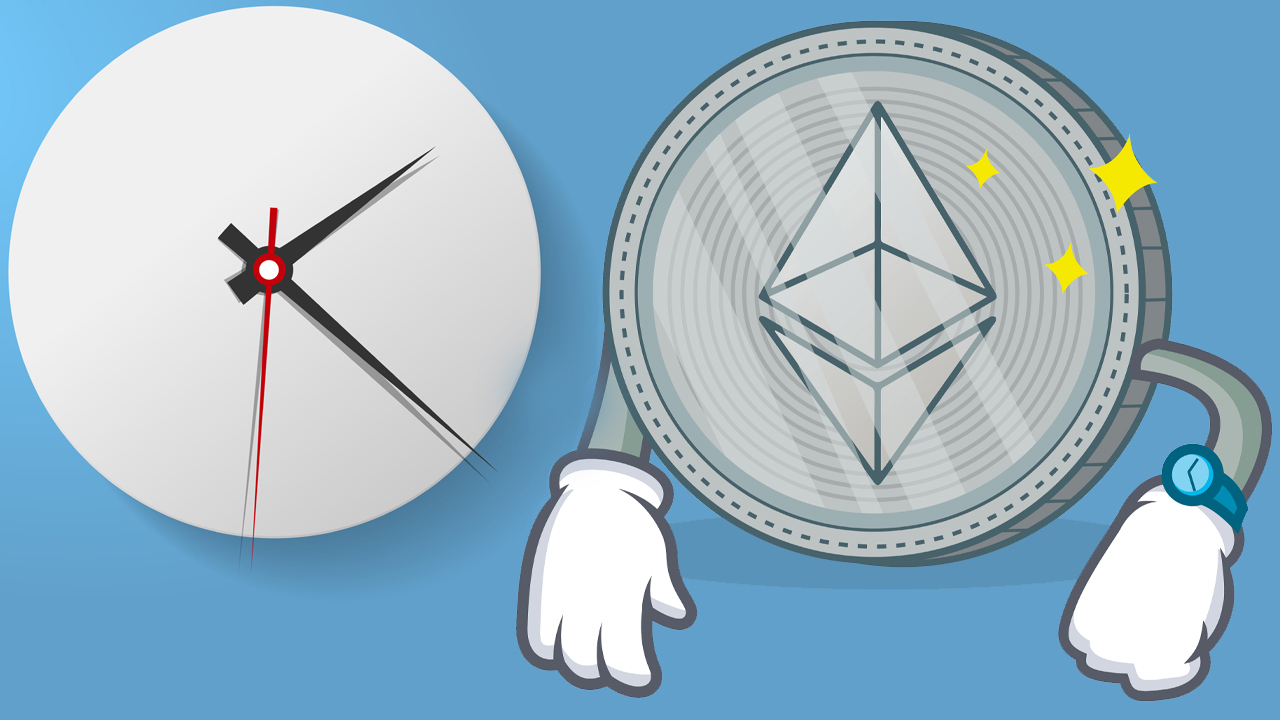
 news.bitcoin.com
news.bitcoin.com






